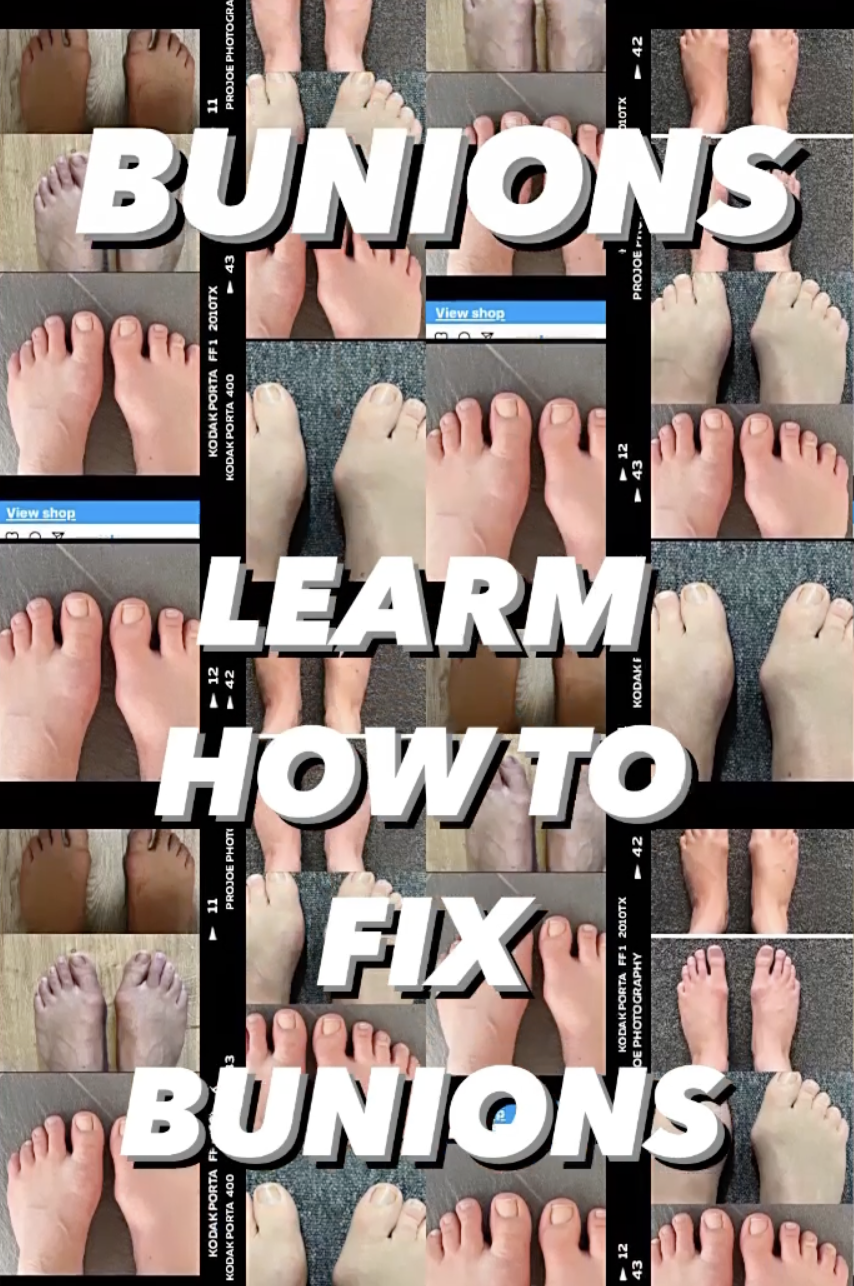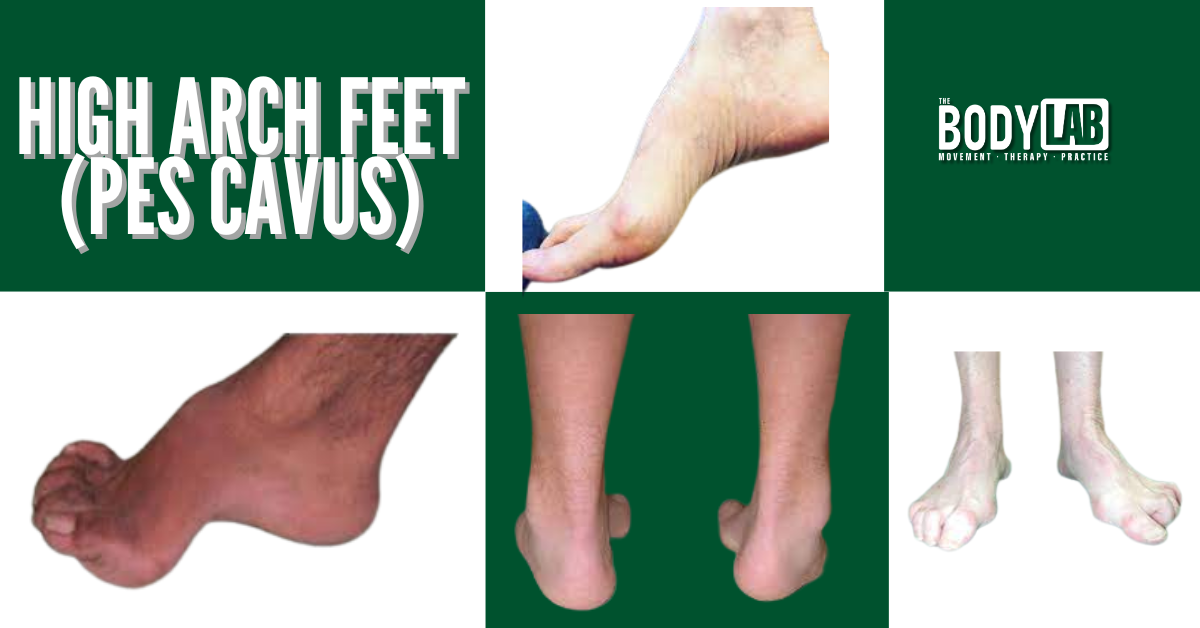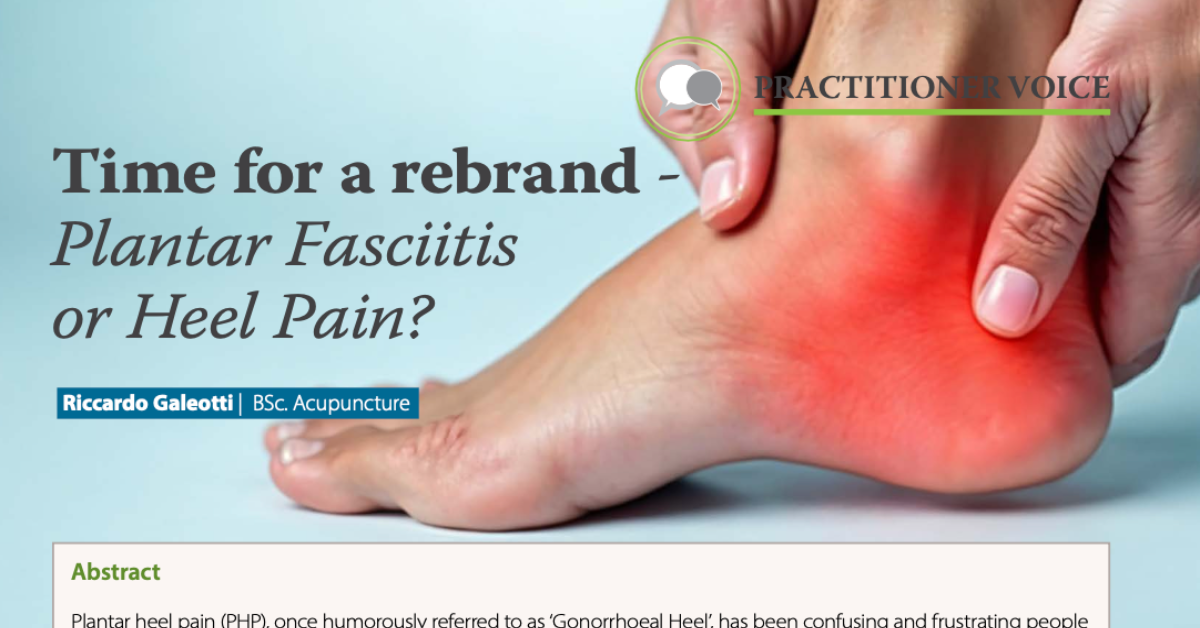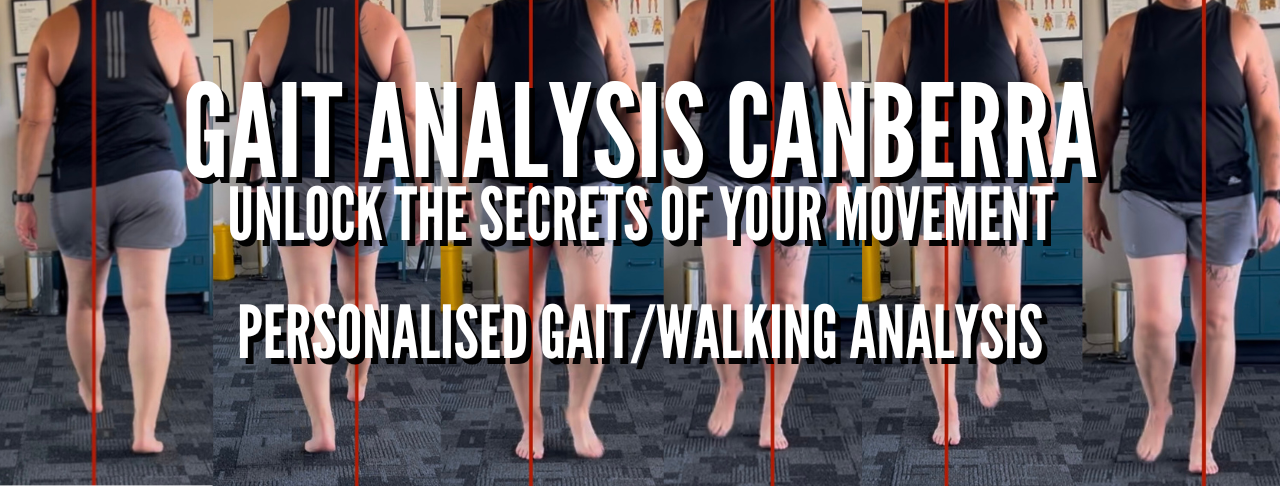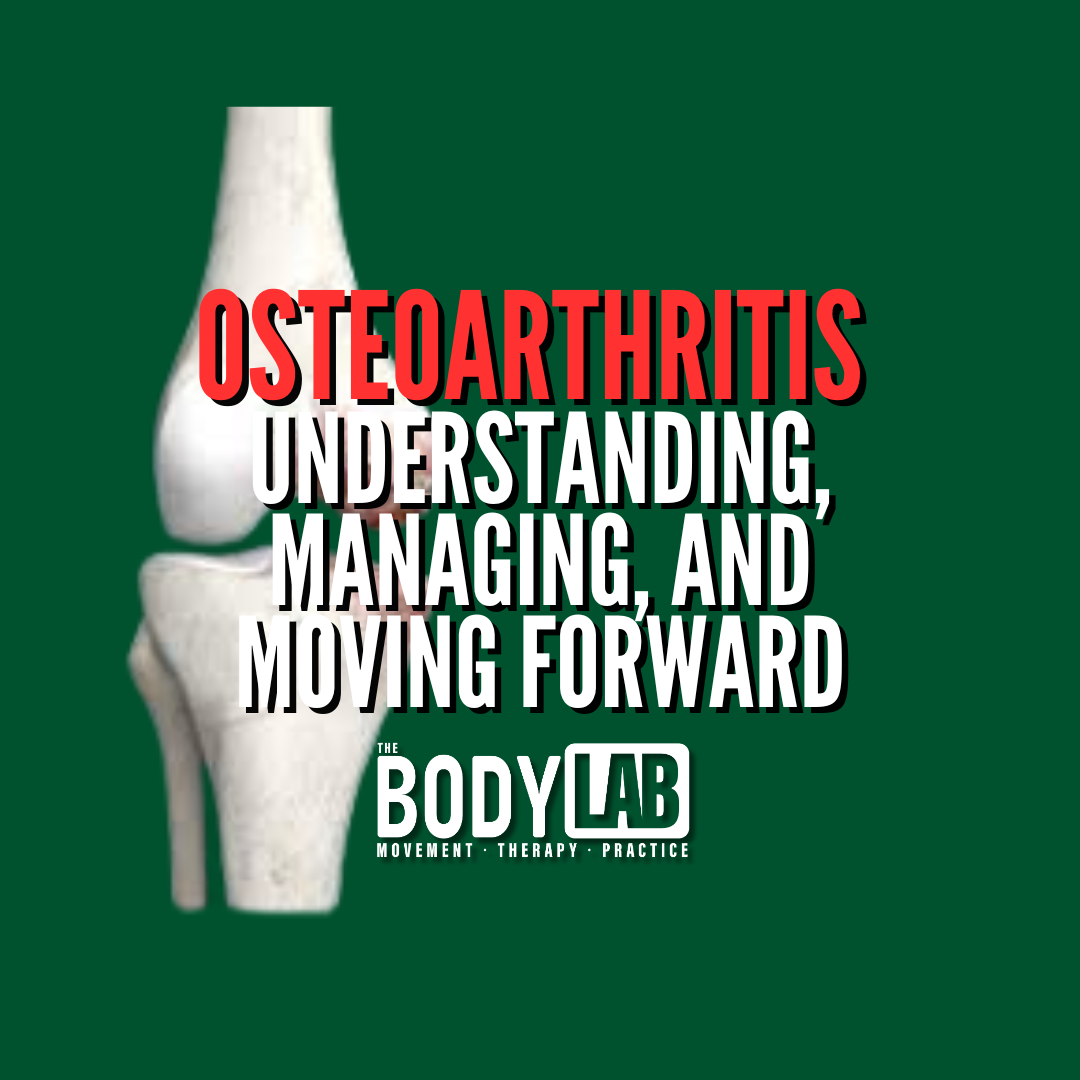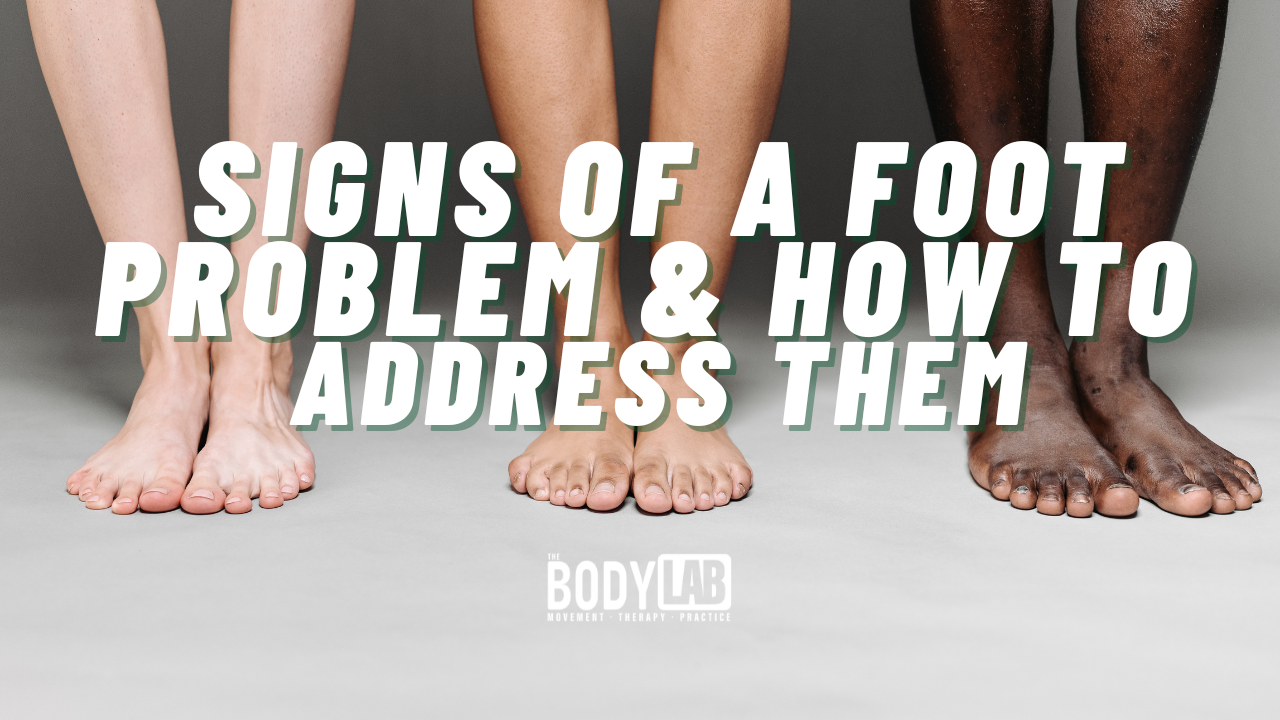Noisy Knees: What Does Knee Crepitus Mean for Your Joint Health?
Do your knees make snapping, crackling, or grinding noises when you move? If so, you’re not alone. A recent systematic review and meta-analysis revealed that knee crepitus (the audible or palpable sounds from the knee joint) is surprisingly common, affecting up to 41% of the general population and 81% of people with knee osteoarthritis (OA). But is that noise something to worry about? Let’s explore what knee crepitus means, its link to structural pathology, and how we can help you keep your knees healthy and pain-free.
What Is Knee Crepitus?
Knee crepitus refers to the sounds (pops, clicks, or grinding) or sensations that occur when the knee moves. While it can happen at any age and to anyone, the review highlights that it’s particularly prevalent in:
• Pain-free individuals: 36%
• People with ligament injuries: 35%
• Those with cartilage pathology: 61%
• Individuals with knee osteoarthritis: 81%
These noises often raise concerns about underlying joint damage, especially when they’re accompanied by pain, stiffness, or reduced mobility.
What Causes Knee Crepitus?
Knee crepitus can have several causes, some benign and others linked to structural issues in the joint. Common causes include:
1. Benign Crepitus: Often due to gas bubbles popping in the joint or normal movement of tendons and ligaments over bony structures.
2. Cartilage Changes: In conditions like osteoarthritis, cartilage may break down, leading to irregular joint surfaces that produce grinding noises.
3. Joint Effusion or Swelling: Excess fluid in the knee can alter movement mechanics.
4. Ligament Injuries or Weakness: These can lead to instability and abnormal joint movement.
5. Muscle Imbalances: Imbalanced strength or tightness in surrounding muscles can impact knee mechanics.
Is Noisy Knees a Sign of Trouble?
While knee crepitus is not always a cause for concern, the study found that individuals with noisy knees have a 3.79 times higher likelihood of having radiographic osteoarthritis and may exhibit features of OA on MRI. This means that knee crepitus could be an early indicator of joint changes, making it important to address before symptoms progress.
What Can Be Done About Knee Crepitus?
If knee noises are causing discomfort or concern, early intervention is key to maintaining long-term joint health. At The Body Lab, we take a comprehensive approach to assessing and treating knee issues. Here’s how we can help:
1. Movement Assessments: We analyze your gait and knee mechanics to identify imbalances or compensations contributing to crepitus.
2. Targeted Treatments:
• Acupuncture: To reduce inflammation and improve blood flow to the joint.
• Movement Therapy: Corrective exercises to optimize joint alignment and muscle activation.
• Biomechanics Education: Helping you understand how to move efficiently and protect your knees.
3. Strengthening & Stability Work: Building muscle strength around the knee to reduce strain on the joint and improve stability.
4. Foot & Hip Mechanics: Since the knee connects the hip and foot, we assess how these areas contribute to your knee health.
Why Choose The Body Lab?
At The Body Lab, we focus on root-cause solutions rather than short-term fixes. Whether your knee crepitus is caused by early joint degeneration, muscle imbalances, or poor movement patterns, we’ll create a tailored plan to help you regain pain-free motion and long-term joint health.
Book Your Knee Health Assessment Today!
If you’re worried about noisy knees or want to improve your joint health, schedule an assessment with us. Let’s address the root of the issue before it leads to more serious problems. Your knees will thank you!
REFERRENCE : https://bjsm.bmj.com/content/59/2/126.abstractACL injuries are sidelining top female athletes like Sam Kerr and Mary Fowler — but why are women more at risk? From hip width to foot mechanics, this blog explores the real reasons behind ACL ruptures in women’s sport, and introduces a missing link many overlook: movement-based overpronation. Learn how The Body Lab helps athletes move smarter and stay injury-free.
Is your bunion really the problem—or just your body’s backup plan? Discover the real reason bunions form, why movement matters, and how a foot-first approach can help you walk pain-free. Join our expert-led webinar on bunions and plantar fasciitis.
Think your spine has to stay in one “perfect” position to be healthy? Think again. Discover why “neutral spine” is a misunderstood concept and how your back is designed to move — not lock up. Backed by research and easy movement tips, this post helps you understand your unique posture and how to fix pain without forcing stiffness.
Discover the root causes of bunions and plantar fasciitis in this ATMS webinar series led by Riccardo from The Body Lab. Perfect for massage therapists, physios, Pilates instructors, and movement specialists, the sessions explore how to truly restore foot function—without surgery or orthotics. Plus, get a sneak peek into Riccardo’s upcoming foot pain programs launching soon.
Think your tight muscles are the problem? Think again. At The Body Lab, we assess how your joints initiate movement — and how your muscles and nervous system respond. If you’re stuck in pain, posture issues, or recurring injuries, the real cause might be a joint that’s not moving well. This blog unpacks why joints move first, how your brain creates your resting posture, and how to break free from the tight–stretch–repeat cycle for good.
Discover how I use whole-body movement analysis at The Body Lab to improve walking, fix pain, and help you feel more balanced from the ground up.
Concussions are more than just a bump to the head—they’re complex brain injuries. Yet most conventional treatments ignore the cranium itself. This article explores emerging research supporting CranioSacral Therapy and acupuncture as promising approaches for post-concussion syndrome (PCS). Backed by evidence, personal testimonials, and a deeper understanding of what actually happens to the brain during a concussion, we also highlight essential self-care practices to support recovery. A bruised brain deserves better—and that means treating the root, not just the symptoms.
Still struggling with concussion symptoms in Canberra? Discover a holistic therapy approach combining cranial therapy and acupuncture at The Body Lab. Personalised, drug-free concussion recovery that goes beyond diagnosis.
Magnesium Types & Benefits – Not all magnesium supplements are the same! This guide highlights the best types of magnesium for brain health, sleep, anxiety, digestion, and general supplementation. Learn which form offers high brain absorption, relaxation benefits, or digestive support, so you can choose the right one for your needs.
Pes cavus, or high-arched feet, can lead to foot pain, instability, and increased risk of injuries. In this guide, we’ll help you identify the key signs of high arches, common symptoms, and how they affect movement. Learn how gait analysis, movement therapy, and posture retraining at The Body Lab Canberra can help improve foot function and prevent long-term issues.
High Arched Feet? Here’s What You Need to Know!
Got high arches? It could be causing foot pain, instability, or even lower back issues! Unlike flat feet, high-arched feet lack shock absorption, putting excess pressure on the heel & forefoot.
🔍 Signs You Might Have High Arches:
✅ Foot pain, calluses, or frequent ankle sprains
✅ Tight calves & Achilles tendon
✅ Difficulty balancing on uneven surfaces
💡 What Can You Do?
✔ Strengthen your feet with mobility & stability drills
✔ Wear cushioned, supportive footwear
✔ Improve movement patterns with a gait assessment
Struggling with foot pain? Let’s get you moving pain-free!
Arthritis in the hips, knees, ankles, or feet can significantly alter your gait, leading to pain, stiffness, and compensatory movement patterns. Over time, these changes can affect posture, increase the risk of falls, and contribute to joint stress elsewhere in the body At The Body Lab in Canberra, I specialise in movement analysis, mobility training, and rehabilitation programs to help you maintain optimal gait and joint function. By focusing on strengthening key muscles, improving balance, enhancing joint mobility, and correcting walking patterns, you can prevent arthritis-related gait changes and stay mobile longer.
If you’re experiencing discomfort while walking, book a consultation today to regain control over your movement and reduce pain.
The knee is often considered a simple hinge joint, responsible for bending and straightening the leg. However, its mechanics are far more complex. The knee functions as a dynamic structure, accommodating movement across multiple planes while responding to forces from above (the pelvis and femur) and below (the tibia and foot). Understanding knee function requires looking at its three-dimensional movements and how they interact with surrounding structures.
At The Body Lab, I specialize in assessing and improving movement mechanics to prevent and rehabilitate knee injuries. My approach integrates gait and biomechanical analysis, hands-on therapy, and individualized movement programs. If you’re struggling with knee pain or want to enhance your movement efficiency, book a consultation today and take the first step toward pain-free movement.
Your feet are the foundation of movement, but how well do they actually function? Assessing Your Feet with Movement: A Scientific Approach to Foot Function explores the biomechanics of foot motion, highlighting key movement patterns that impact balance, stability, and overall mobility. By understanding how your feet move—or don’t—you can uncover dysfunctions that contribute to pain, injury, or performance limitations. Dive into the science of foot mechanics and learn how to optimize foot function for better movement and long-term health.
Struggling with muscle pain, tension, or restricted movement? Canberra Dry Needling offers a safe and effective solution for pain relief and recovery. Using fine, sterile needles to target myofascial trigger points, dry needling helps release tight muscles, improve mobility, and accelerate healing. Whether you’re dealing with chronic pain, sports injuries, or postural imbalances, this evidence-based therapy can get you back to moving pain-free. Discover the benefits and book your session today!
Is It Really Plantar Fasciitis? Time for a Rebrand on Heel Pain
Plantar fasciitis has become the go-to diagnosis for heel pain, but is it always accurate? With so many possible causes—nerve irritation, tendon dysfunction, or even biomechanical imbalances—lumping every case under the same label can lead to ineffective treatment.
In this article, “Time for a Rebrand: Plantar Fasciitis or Heel Pain?”, originally written for the Australian Traditional Medicine Journal, I break down what’s really happening underfoot, explore alternative causes, and discuss why a more precise approach is key to lasting relief. If you’ve been struggling with heel pain and the standard solutions aren’t working, this is for you.
Acupuncture & Cranial Therapy for Hay Fever Relief in Canberra – Struggling with allergies? Canberra’s high pollen counts make hay fever a challenge, but acupuncture and cranial therapy offer a natural, drug-free solution. Backed by scientific research, this approach helps clear sinus congestion, reduce inflammation, and strengthen the immune system. Book your session today and breathe easier
Experience acupuncture for labour induction with Riccardo at Canberra Induction Centre. With over 15 years of clinical expertise and an 80% success rate within 12 hours, Riccardo integrates traditional acupuncture with modern techniques, including Manaka’s Ion Pumping Cords, to optimise birth readiness. His personalised approach addresses body mechanics, stress levels, and hormonal balance, ensuring a safe, natural, and effective labour induction. Book your session today!
Your gait—the way you walk—plays a crucial role in overall movement efficiency, injury prevention, and pain management. At The Body Lab in Canberra, our comprehensive gait analysis breaks down each phase of your stride, identifying imbalances and inefficiencies that may be affecting your performance or causing discomfort. Whether you’re an athlete, recovering from injury, or simply looking to move better, our expert assessment provides personalised insights and corrective strategies to enhance your gait. Book your gait analysis today and take the first step towards pain-free movement!
Osteoarthritis is often misunderstood and poorly managed, leaving many people feeling trapped by joint pain. But your joints are not as fragile as you might think. Even after arthritis develops, movement, strength, and smart lifestyle choices can keep your joints functioning for longer.
At The Body Lab, I help people move pain-free through biomechanics-based assessments, manual therapy, acupuncture, and personalised strength and mobility programs. Whether you’re looking to improve joint function, reduce pain, or stay active despite osteoarthritis, I provide science-backed solutions to help you move better and feel stronger.
Your joints are designed to move—let’s make sure they move well.
📍 Book an appointment today and take the first step towards better mobility and long-term joint health.
Do your knees crackle, pop, or grind when you move? This common phenomenon, known as knee crepitus, affects 41% of the population and up to 81% of those with osteoarthritis. While sometimes harmless, crepitus can indicate underlying issues like cartilage changes, joint instability, or muscle imbalances. At The Body Lab, we specialize in identifying the root causes of knee crepitus through movement assessments, strength and stability exercises, and tailored treatments like acupuncture and biomechanics education. Don’t ignore those noisy knees—address them early to prevent further issues and restore pain-free movement. Book your knee health assessment today! 👣
Flat feet can cause discomfort and affect your entire body’s alignment. Through mobility, strength training, and dynamic movement, you can find lasting relief. Learn how to assess your foot mechanics, implement effective exercises, and discover the transformative benefits of the Flat Feet Fix Program.
The Body Lab - Programs
Core Training vs Core Strengthening: Why Training Comes Before Strengthening
Most people think core exercises are all about crunches and planks. But here’s the kicker: if you skip core training and dive straight into core strengthening, you might be doing more harm than good. Core training focuses on retraining your deep stabilisers—like the transversus abdominis and pelvic floor—to work in harmony. It’s the foundation you need before building strength.
Research shows that poor core activation can lead to pain and injury far beyond your back, from dodgy knees to plantar fasciitis. At The Body Lab, we combine science-backed techniques and personalised assessments to ensure your core works with you, not against you.
Coming soon: Our Core Training and Strengthening Program—perfect for clients wanting pain relief and therapists looking to upskill.Let’s fix your foundation, one step at a time.
Discover effective, drug-free pain relief with acupuncture at The Body Lab in Canberra. Our experienced practitioner, Riccardo, combines Classical Chinese Acupuncture with advanced biomechanics and movement therapy to treat conditions like migraines, neck pain, back pain, arthritis, and sports injuries.
Learn how to identify, treat, and prevent foot problems in this comprehensive guide. From common conditions like bunions, plantar fasciitis, and Morton’s neuroma to the best exercises for foot pain relief, this article offers expert advice on maintaining foot health. With tips on self-diagnosis, when to seek medical help, and the best treatments based on scientific research.
Strengthen and stretch your back to prevent and relieve back pain with targeted exercises like Cat-Cow, Piriformis Stretch, and Nerve Flossing. These research-backed stretches improve spinal flexibility and relieve tension. Whether you’re managing sciatica or general discomfort, these exercises are effective for building a healthy, pain-free spine.


